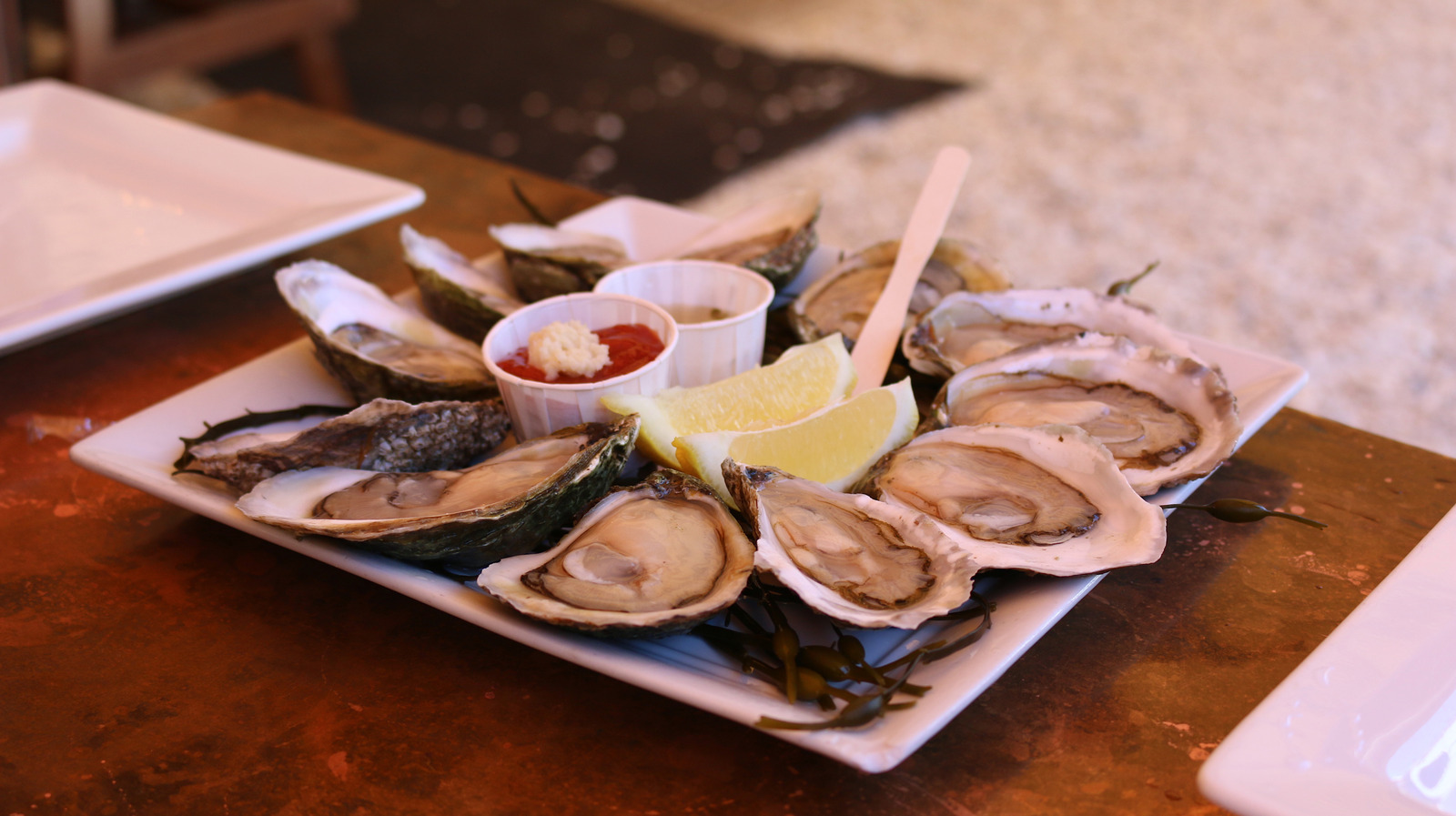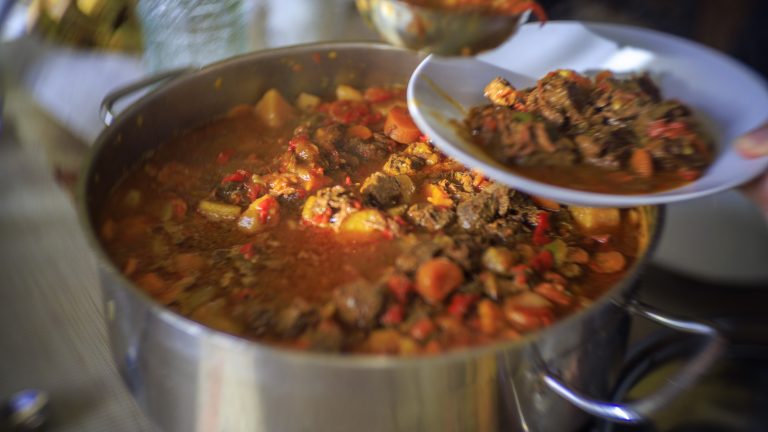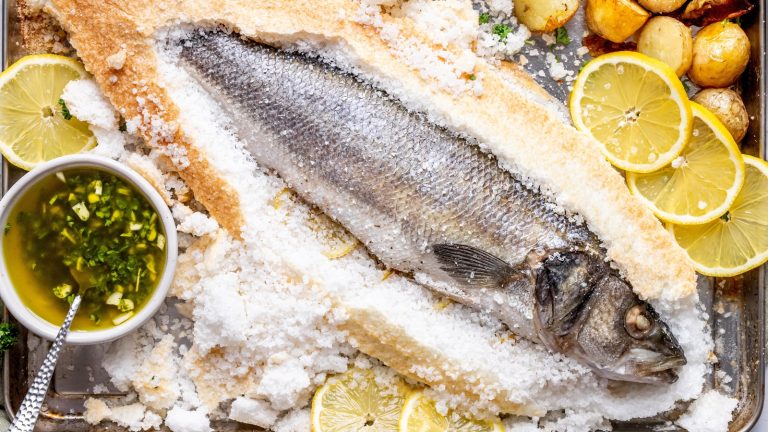Oysters have a rich history dating back to the ancient Romans, who first noted instances of eating oysters for community survival. And the demand for oysters is growing, with reports of an increase in production since 1950. So what makes the Wellfleet oyster so renowned that it was served at the White House, to King George V, and even has an Oysterfest and Wellfleet Oyster Alliance dedicated to it?
Wellfleet, Massachusetts, is known as an epicenter for oysters, with over 15% of residents relying on the income of aquaculture since the 17th century. For the townspeople of Wellfleet, oysters symbolize their livelihood. The conditions off the northeastern arm of New England are perfect for cultivating oysters: Exceptional salinity levels of at least eight parts per 1000, clean water filled with phytoplankton or other algae, and ideal temperatures — cold waters in the winter and warm waters in summer. The salty Atlantic water sets the terroir of Wellfleet, creating its signature, iconic, liquor-filled oyster (oyster liquor is the term for the liquid surrounding the oyster’s meat, a combination of seawater and the mollusk’s own juices). Even before then, the native Wampanoag tribe used oysters in Cape Cod Bay as a source of environmentally friendly and nutrient-dense protein.
What are the characteristics of Wellfleet oysters?
Praised for being some of the best in New England, Wellfleet oyster shells are deep and tinted with streaks of blue and green. Thanks to the Cape Cod Bay, fresh Wellfleet oysters are meaty, tender, and filled with a naturally sweet and deliciously salty liquor. The coastal tides provide each oyster a clean and slightly mineral aftertaste, the ideal pairing for bubbly Champagne or a crisp beer.
If they’re not harvested wild by locals, the succulent, plump, and exceptionally briny oysters are grown on grants that the government rents out. These are beds on the ocean floor, around areas that experience tides as large as 12 feet. While Wellfleet is known for oysters that have limited human intervention, you should do your research to find out if they are wild or farmed. What really sets these oysters apart from others is not only their legacy but also their quality and sustainability efforts, which remain unmatched due to strict rules and regulations. Next time you’re in the Cape Cod area, it’s worth a visit to Wellfleet to experience the history, show respect for the community, and, of course, try their prestigious oyster.






